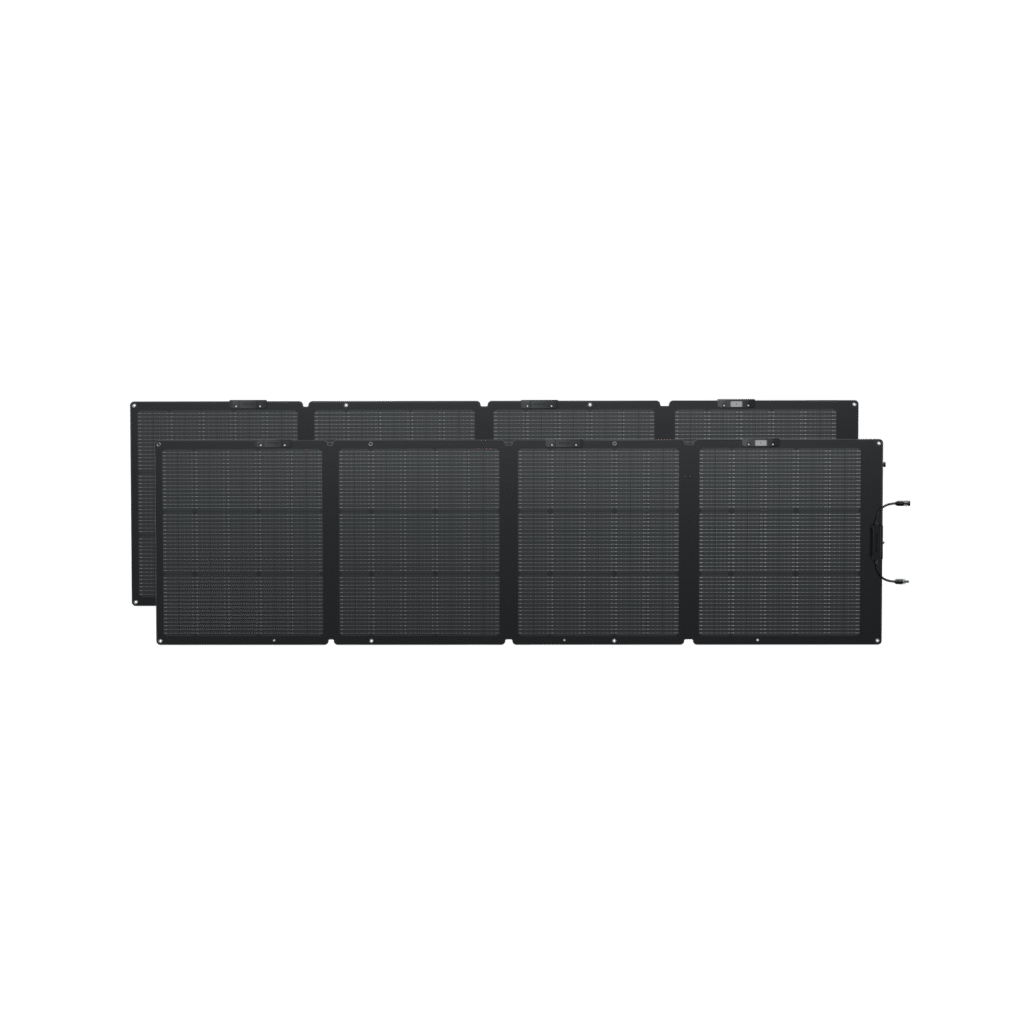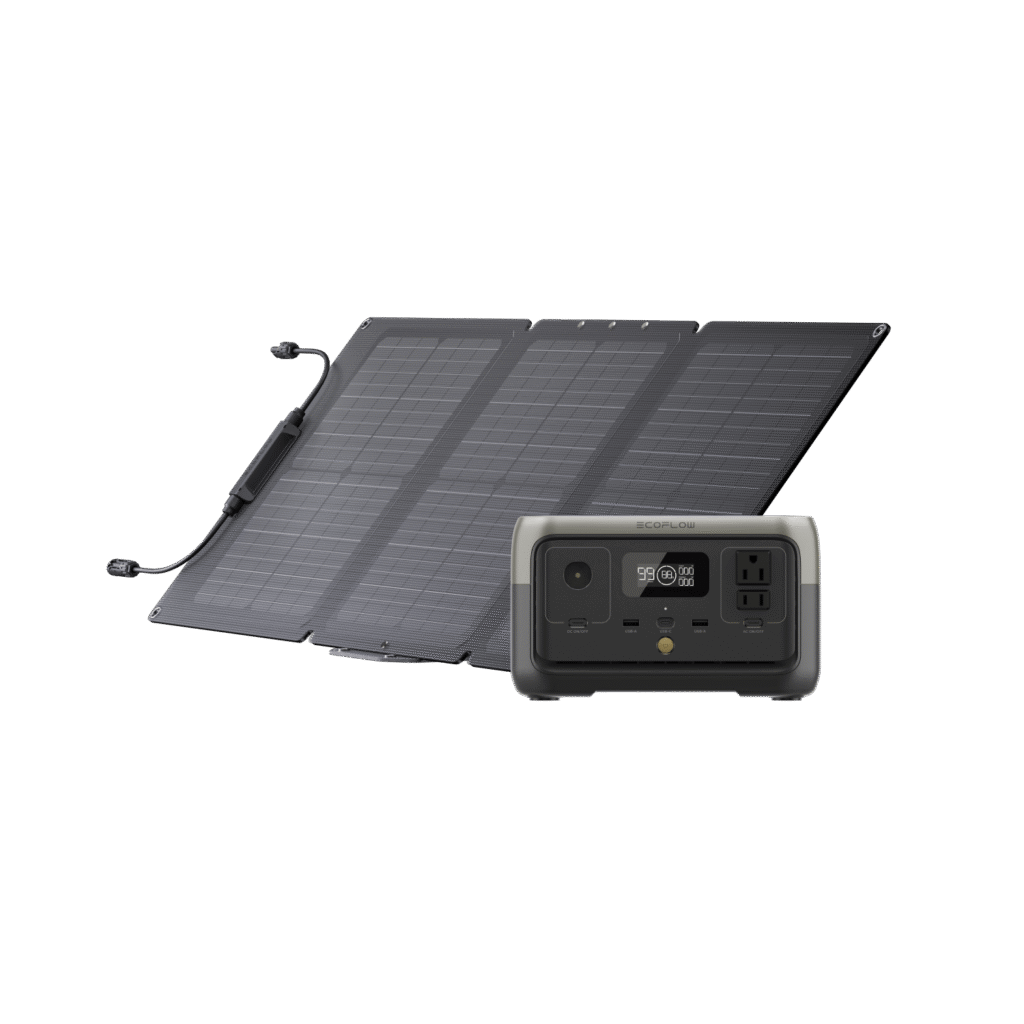What Determines Solar Panel Capacity for Your Home?

As energy costs continue to surge and environmental concerns take center stage, more homeowners are turning to solar power as a sustainable energy solution. However, determining the right solar panels capacity for your home can be a complex decision that many struggle with. The size of your solar system impacts not only your initial investment but also your long-term energy independence and cost savings. Key factors like your household’s energy consumption patterns, roof characteristics, and panel efficiency all play crucial roles in determining the optimal solar capacity. Making an informed decision requires understanding how these elements work together to create a system that meets your energy needs while maximizing your return on investment. Whether you’re looking to offset a portion of your energy bills or achieve complete energy independence, proper sizing of your solar panel system is the foundation of a successful solar installation.
Understanding Solar Panel Capacity Fundamentals
Solar panel capacity refers to the maximum power output a system can produce under ideal conditions, measured in kilowatts (kW), while actual energy production is measured in kilowatt-hours (kWh). A 5kW system, for example, can generate 5kW of power at peak performance, but daily energy production varies based on sunlight hours and environmental factors. This relationship between capacity and production is crucial because it determines your system’s ability to meet your household’s energy demands. Oversizing can lead to unnecessary costs and reduced return on investment, while undersizing may leave you still heavily dependent on grid power. The goal is to find the sweet spot where your system’s capacity aligns with your energy consumption patterns while accounting for factors like seasonal variations and future needs. Understanding these fundamentals helps ensure your investment delivers optimal performance and financial returns over the system’s lifetime.

Key Factors Influencing Your Solar Panel Capacity
Household Energy Consumption Analysis
Understanding your household’s energy consumption is the first critical step in determining solar capacity. Review your past 12 months of utility bills to establish your average daily and seasonal usage patterns. Most homes show higher consumption during summer and winter months due to heating and cooling demands, which must be factored into your calculations.
Roof Space and Physical Characteristics
Your roof’s available space and orientation significantly impact solar potential. South-facing roof sections in the Northern Hemisphere typically receive optimal sunlight exposure. Consider obstacles like chimneys, vents, and nearby trees that create shading. A minimum of 100 square feet is generally needed for every 1kW of solar capacity, though this varies by panel efficiency.

Solar Panel Efficiency Ratings
Modern solar panels offer efficiency ratings between 15% and 22%, determining how effectively they convert sunlight into electricity. Higher efficiency panels produce more power per square foot, making them ideal for homes with limited roof space, though they often come at a premium. The choice between high-efficiency and standard panels should balance space constraints with budget considerations.
Local Climate and Sunlight Availability
Your location’s peak sun hours directly affect system sizing. Areas with consistent sunshine may require smaller systems than regions with frequent cloud cover or seasonal variations. Local weather patterns, altitude, and air quality also influence panel performance. Professional installers use solar irradiance maps and historical weather data to optimize system capacity for your specific geographic location.
Calculating Your Required Solar Panel Capacity
Determining your ideal solar panel capacity starts with analyzing your annual electricity consumption from utility bills. Take your total yearly kilowatt-hours and divide by 12 to find your monthly average. Next, account for system losses, which typically range from 15-25% due to factors like temperature, dust, and wire resistance. To compensate, multiply your usage by 1.2 to ensure adequate coverage. Then, consider your location’s peak sun hours – if your area averages 5 daily sun hours, divide your daily energy need by 5 to determine the system size in kilowatts. For example, a home using 30 kWh daily in an area with 5 peak sun hours would need a 7.2 kW system after accounting for losses (30 × 1.2 ÷ 5 = 7.2). Small homes consuming 250-500 kWh monthly might require 4-6 kW systems, while larger homes using 1,000-1,500 kWh monthly typically need 8-12 kW systems. Remember that these calculations provide a baseline – factors like future energy needs, budget constraints, and available roof space may necessitate adjustments to the final system size.

Optimizing Solar Panel Efficiency for Maximum Output
Choosing the right solar panel technology significantly impacts your system’s performance. Monocrystalline panels offer higher efficiency rates of 15-22% and perform better in low-light conditions, making them ideal for limited roof space, though they command premium prices. Polycrystalline panels, while slightly less efficient at 13-17%, provide a cost-effective alternative for larger installation areas. Regular maintenance plays a crucial role in maintaining optimal efficiency. Implement quarterly cleaning schedules to remove dust, pollen, and bird droppings that can reduce output by up to 5%. Most panels experience an efficiency degradation rate of 0.5-1% annually, so factor this into long-term production calculations. Inverter selection critically affects system performance – modern microinverters or power optimizers can increase energy harvest by 5-10% compared to traditional string inverters by managing shade and panel-level issues. Install a monitoring system that tracks real-time production data, allowing quick identification of performance drops and maintenance needs. This combination of technology selection, maintenance protocols, and performance monitoring ensures your solar investment maintains peak efficiency throughout its operational life.
Solar Panel Installation Process Essentials
Professional Site Assessment
Before installation begins, certified solar professionals conduct a thorough site assessment. They evaluate your roof’s structural integrity, checking for any repairs needed before mounting panels. Using advanced shading analysis tools, they measure sun exposure throughout the day and seasons, identifying optimal panel placement areas while accounting for obstacles like trees or neighboring buildings.
System Design and Permitting
Engineers create detailed system designs based on the site assessment findings. These plans include precise panel layouts, electrical wiring diagrams, and mounting specifications. The design team handles all necessary permit applications, coordinating with local building departments and utilities to ensure compliance with codes and interconnection requirements.
Installation Day Timeline
The installation process typically spans 1-3 days. Crews begin by setting up safety equipment and mounting the racking system to your roof. Solar panels are carefully lifted and secured to the racks, followed by installing inverters and establishing electrical connections. Weatherproofing measures ensure your roof remains protected from water infiltration.
Inspection and Activation
Following installation, local building inspectors verify compliance with electrical and building codes. Once approved, your utility company installs a new meter if required for net metering. The final activation process includes testing all system components and configuring monitoring equipment, allowing you to track your solar production immediately.
Achieving Energy Independence Through Proper Sizing
Achieving true energy independence requires careful consideration of storage solutions alongside your solar capacity. Modern battery systems, such as EcoFlow’s home battery solutions, can store excess daytime production for nighttime use, typically providing 10-15 kWh of usable capacity. When sizing your system, factor in potential battery integration to ensure sufficient charging capacity during peak sun hours. Net metering programs offer another pathway to energy independence by allowing you to bank excess production with your utility company, effectively using the grid as a virtual battery. Consider future energy demands when sizing your system – electric vehicle charging can add 2,000-4,000 kWh to annual consumption, while converting to electric appliances may increase usage by 3,000-5,000 kWh yearly. Most reputable installers offer 25-year performance guarantees, ensuring your system maintains at least 85% of its rated output over this period. This long-term assurance, combined with proper initial sizing that accounts for future needs, creates a reliable foundation for sustained energy independence.
Planning Your Path to Solar Energy Independence
Determining the right solar panel capacity for your home requires careful consideration of multiple interconnected factors. Your household’s unique energy consumption patterns serve as the foundation, while your roof’s physical characteristics and local climate conditions shape the system’s potential. Panel efficiency and technology choices further refine the system’s capabilities to meet your needs. Before making this significant investment, consider working with a certified solar professional to conduct a comprehensive energy audit of your home. This detailed assessment will account for current usage patterns, future energy needs, and site-specific factors that impact system performance. By taking a methodical approach to system sizing, you’re not just installing solar panels – you’re creating a pathway to energy independence that will serve your home for decades to come. Take the next step today by scheduling a professional solar assessment to discover your home’s optimal solar capacity and join the growing community of energy-independent homeowners.




